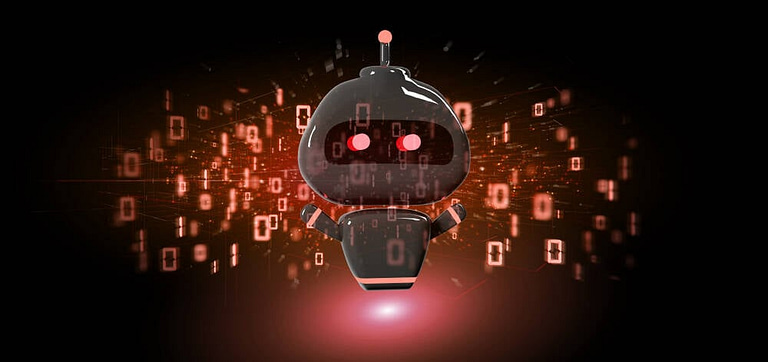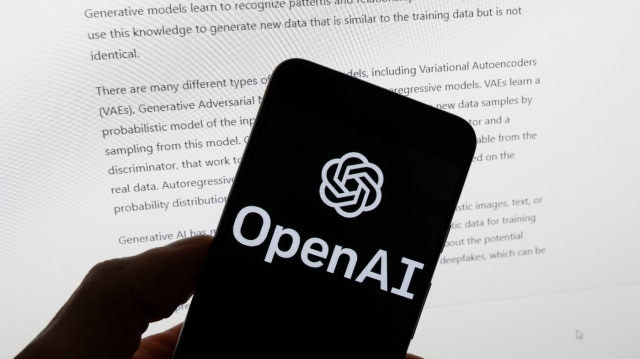Artificial Intelligence is revolutionizing the way we approach cybersecurity. With its ability to quickly analyze large amounts of data, AI can detect and respond to threats faster than ever before. This has led to a new era of cyber security, where organizations are relying on AI-driven solutions to protect their networks from malicious actors.
But as with any technology, there are risks associated with using AI for cyber security purposes. One such risk is that hackers may be able to use AI against us in order to gain access or cause damage. This type of attack is known as “AI hacking” and it could have devastating consequences if left unchecked.
To understand how this works, let’s take a look at an example: A hacker uses an artificial intelligence algorithm designed specifically for breaking into computer systems by analyzing patterns in network traffic and identifying vulnerabilities in software code. The algorithm then creates custom malware tailored specifically for the target system which can bypass traditional security measures like firewalls and antivirus programs. Once inside the system, the hacker can steal sensitive information or disrupt operations without being detected until it’s too late – all thanks to the power of AI hacking!
Fortunately, there are ways we can defend ourselves against these types of attacks. Security expert Bruce Schneier recommends taking a layered approach when it comes to protecting our networks from malicious actors who might use artificial intelligence algorithms against us: “The best defense is not just one layer but multiple layers working together,” he says.” You need both human experts monitoring your systems as well as automated tools that detect anomalies and alert you when something suspicious happens.”
In addition, organizations should also invest in training their staff on how they can recognize potential signs of an attack so they know what steps they need to take if something does happen – such as reporting it immediately so appropriate action can be taken swiftly before any further damage occurs. Finally, companies should ensure that their systems are regularly updated with patches and other security measures so they remain protected even if attackers do manage to get past initial defenses using advanced techniques like AI hacking.
By implementing these strategies along with other proactive measures such as regular penetration testing and vulnerability scanning activities, businesses will be better equipped at defending themselves against sophisticated attacks powered by artificial intelligence algorithms – ensuring their networks stay secure no matter what kind of threat arises next!
Wired






